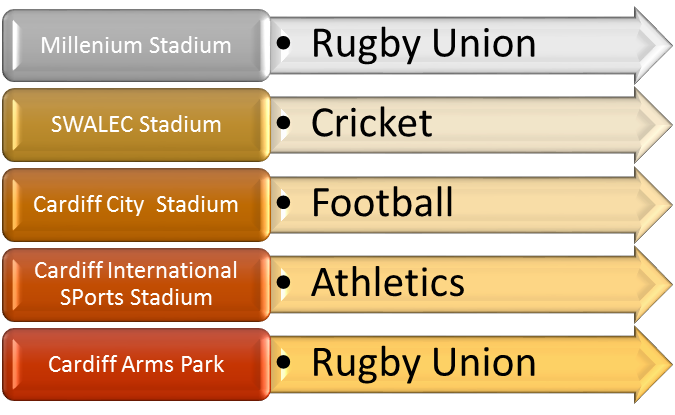Course Content
1. Six Sigma and organisation
Organisational goal and Six Sigma
- Continuous Improvement
- Six Sigma History
- Quality Pioneers
- Value of Six Sigma
- Mathematical Six Sigma
- Benefits of Six Sigma
- Business processes
- Business System
- Process Control
- Six Sigma Green Belt’s Responsibilities
- DMAIC Methodology
- Cost of Quality (COQ)
- Organisational Drivers and Metrics
- Organizational Goals
Lean principles
- Origins
- Toyota Production System
- Concept and Tools
- Value-Added and Non-Value-Added Activities
- 5S
- Theory of Constraints (TOC)
Design for Six Sigma ( DFSS )
- Quality Function Deployment (QFD)
- Design Failure Mode And Effects Analysis (DFMEA )
- Process Failure Mode And Effects Analysis (PFMEA)
- DFSS Roadmap
2. Define
Process management
- Business Process Basics
- Owners and Stakeholders
- Customer Identification
- Customer Data Collection and Analysis
- Customer Requirement Mapping
Project management
Management and planning tools
- Flowchart
- Check Sheets
- Pareto charts
- Cause and Effect Diagram
- Tree Diagram
- Affinity Diagram
- Matrix Diagram
- Interrelationship Digraph
- Benchmarking
- Prioritization Matrix
- Focus Group
- Gantt Chart
- CPM/PERT Chart
- Activity Network Diagram
Business results
- Business Performance
- Project Performance
- Process Performance
- FMEA and RPN
Team dynamics and performance
- Team Types
- Team Roles and Member Selection
- Team Stages
- Team Tools
- Team Communication
3. Measure
Process analysis and documentation
- Process Modeling
- Process Inputs and Outputs
Statistics and probability
- Drawing valid statistical conclusions
- Descriptive Statistics
- Central limit theorem and sampling distribution of the mean
- Basic Probability
Collecting and Summarising data
- Types of data and Measurement scales
- Data collection methods
- Techniques for Assuring Data Accuracy and Integrity
- Graphical methods
Probability distributions
- Probability Distribution
- Probability Density Function
- Distributions Types
- Binomial Distribution
- Poisson Distribution
- Average Distribution
- Chi-Square Distribution
- Student t Distribution
- F Distribution
- Geometric distribution
- Hypergeometric Distribution
- Bivariate Distribution
- Exponential Distribution
- Lognormal Distribution
- Weibull Distribution
Measurement system analysis
- Measurement
- Measuring Tools
- Measurement System
- Measurement Correlation
- Bias
- Linearity
- Percent Agreement
- Precision-Tolerance Ratio
- Metrology
- Measurement Error
- Total Product Variability
- Calibration
Control Chart
Process capability and performance
- Process Capability Studies
- Process performance vs. specification
- Process capability indices
- Process Performance Indices
- Short-term vs. long-term capability
- Process capability for attributes data
4. Analyse
Exploratory data analysis
- Multi-vari studies
- Simple linear correlation and regression
- Correlation
- Linear Regression
- Simple Linear Regression Hypothesis Testing
- Multiple Linear Regression
- Coefficient of Determination
- Coefficient of Determination Equation
Hypothesis testing
- Basics
- Tests for means, variances, and proportions
- Paired-comparison tests
- Single-factor analysis of variance (ANOVA)
- Chi-square
5.Improve and control
Design of experiments (DOE)
- Basic terms
- Main effects
Statistical Process Control (SPC)
- Objectives and benefits
- Rational subgrouping
- Selection and application of control charts
- Analysis of control charts
Implement and validate
Control plan

 ENQUIRE
ENQUIRE
 REQUEST CALLBACK
REQUEST CALLBACK
 GET A FREE QUOTE
GET A FREE QUOTE


 Introduction
Introduction Course Details
Course Details Course Content
Course Content





 London
London